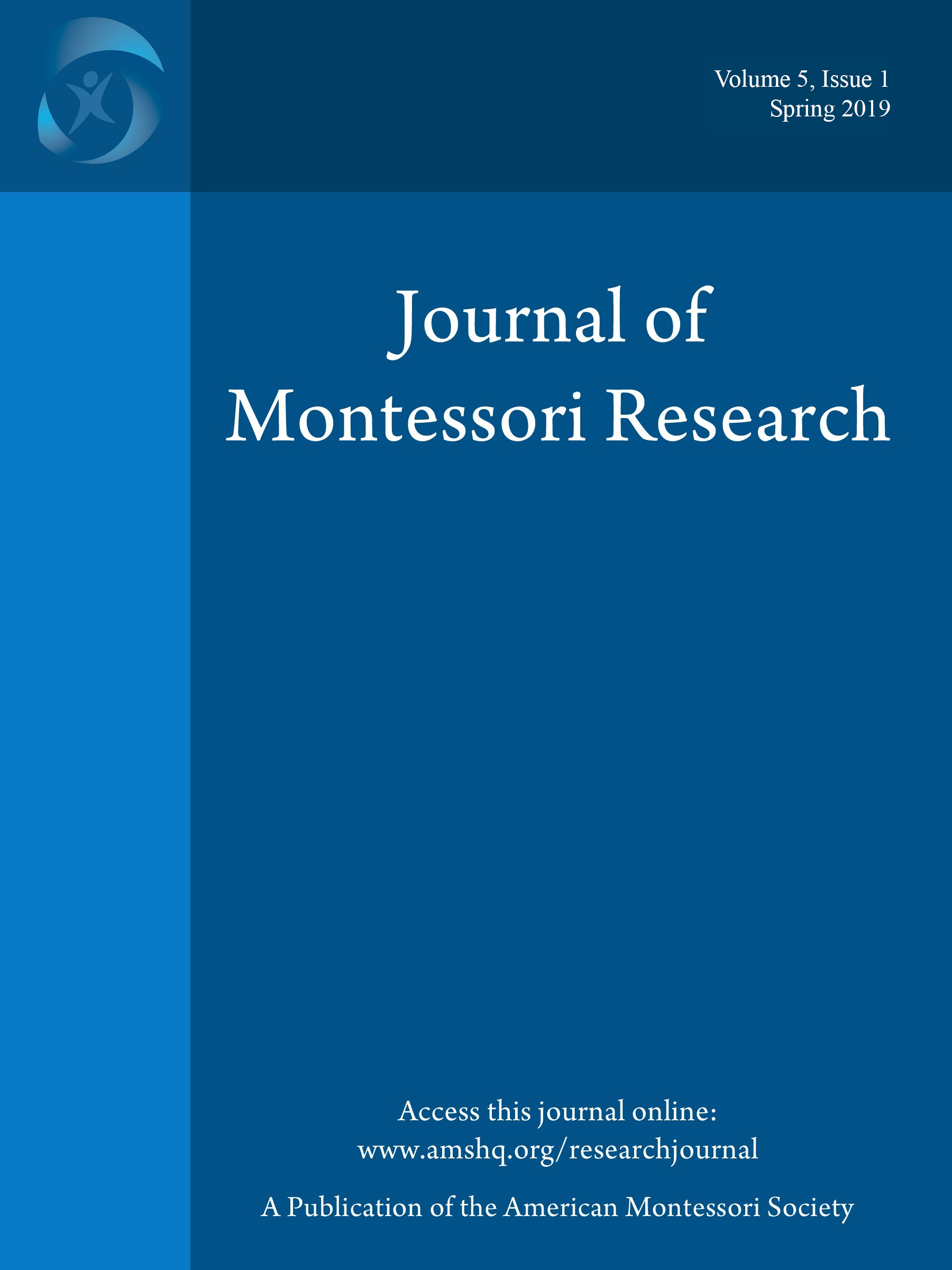Authentic Montessori: The Dottoressa’s View at the End of Her Life Part I
The Environment
DOI:
https://doi.org/10.17161/jomr.v5i1.7716Palavras-chave:
Childhood education, Montessori, alternative education, school curricula, school environmentResumo
Maria Montessori developed a form of education in the first half of the last century that came to be called by her surname, and research indicates it often has positive outcomes. In the years since its development, tens of thousands of schools worldwide have called their programs Montessori, yet implementations vary widely, leading to confusion about what Montessori education is. Although there are varied opinions, here we use Dr. Montessori’s books and transcribed lectures to describe the conclusions of her work at her life’s end. We term this final conclusion authentic in the sense of “done in the traditional or original way,” (the primary definition of the adjective in Oxford English Dictionary, 2019). We do not claim that the original is superior to variants; this is an issue for empirical science. Our overarching goal is to provide researchers, policy makers, administrators, teachers, and parents with a benchmark from which to measure and evaluate variations from the education method Dr. Montessori bequeathed at the end of her life. In the ongoing search for alternative educational methods, the time-honored and burgeoning Montessori system is of considerable interest. Dr. Montessori conceptualized the system as a triangle for which the environment, the teacher, and the child formed the legs. Part I of this two-part article examines Dr. Montessori’s view of what constitutes the environment, in terms of its material, temporal, and social features. An appendix to Part II summarizes the features.
In the ongoing search for alternative educational methods, the time-honored and burgeoning Montessori system is of considerable interest. Dr. Montessori conceptualized the system as a triangle for which the environment, the teacher, and the child formed the legs. Part I of this two-part article examines Dr. Montessori’s view of what constitutes the environment, in terms of its material, temporal, and social features. An appendix to Part II summarizes the features.


